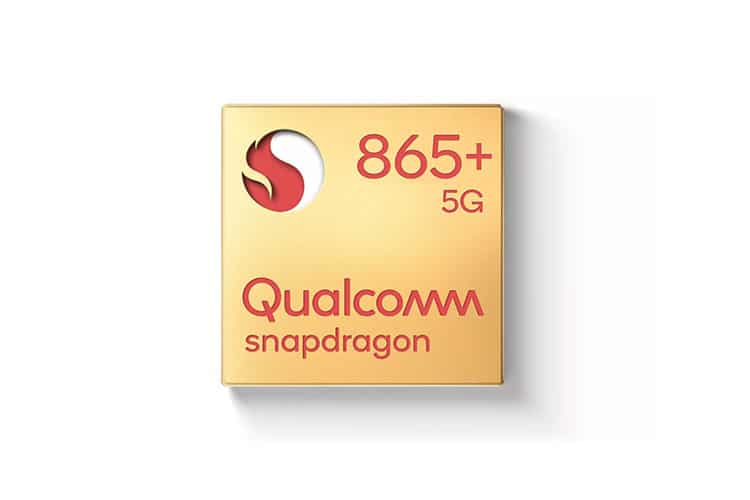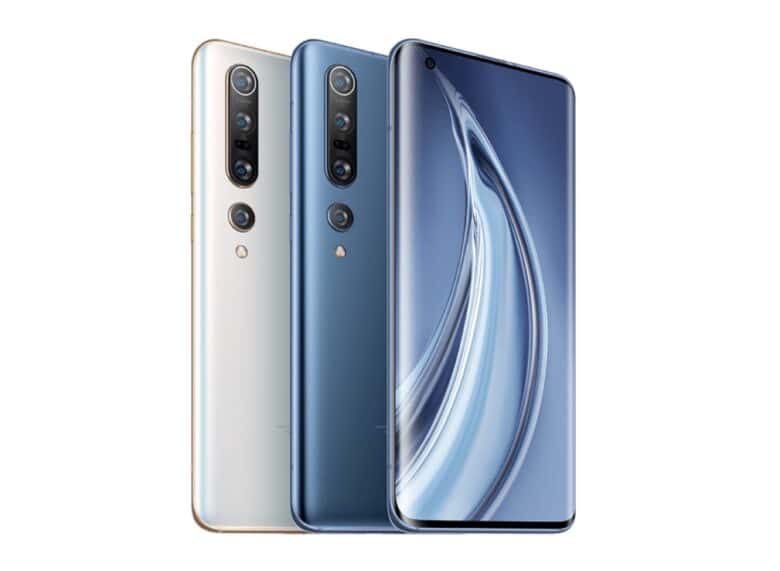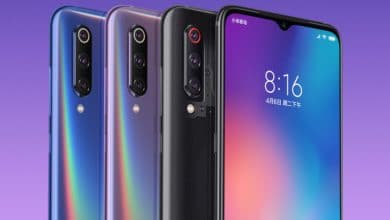
You think smartphones can’t get more powerful? Then Qualcomm’s announcement will prove you wrong. The company has now unveiled its next SoC for Android flagship phones in the smartphone market. In addition to a generally higher speed, the Snapdragon 888 should also be able to provide better 5G connectivity and image processing.
Promising successor of the 865 Plus
What now sounds like an astonishing new announcement will become second nature to us next year. After all, it would be surprising if in 2021 most premium smartphones are not equipped with the new Snapdragon 888. So far, the Snapdragon 865 Plus is still the top model in Qualcomm’s System-on-a-Chip series. But the choice of name by Qualcomm is surprising. After all, the manufacturer has always relied on ten-step naming of a new generation. Accordingly, the public assumed that a Snapdragon 875 would be a potential successor. But one thing is certain. Similar to the 865 Plus, we will probably be able to find a Snapdragon 888 Plus in the top smartphones at the end of 2021. This version will then again be able to offer a small performance advantage over the “classic” version of the smartphone SoC.
Still only sparse information
Apart from the name itself, there are still many question marks around the upcoming Snapdragon 888. Qualcomm has so far revealed only a little information. This is rather untypical for the chip developer. After all, he likes to throw around impressive specs. However, details of the new performance peak should be made public today. Until then we have to be satisfied with a few key points. These are based on the list of known partners and users of the Snapdragon 888.
No revolution, but revision
Although the unusual naming suggests it, Qualcomm obviously does not want to reinvent the wheel with the Snapdragon 888. The built-in 5G modem is a revised model called X60. This should be able to distinguish itself primarily by a faster work. In terms of speed, this seems to make no quantum leaps compared to its predecessor. Qualcomm specifies a maximum speed of 7.5 GB/s downstream. The upstream also sounds just as promising at 3 GB/s. But this cannot be described as more than promising. After all, its predecessor, the X55, already offered similarly high speeds.

Qualcomm wants to compensate for this with a special bundling of sub-6GHz and mmWave channels. This should enable better coverage of 5G. We are curious if this will improve the overall performance of 5G. The compact mmWave antenna module QTM535 sounds especially exciting. Due to its small dimensions, several modules can be installed in only one unit. Especially iPhone users will look enviously over this. Unlike Apple’s iPhone 12, the Android flagship users will be able to use 5G-mmWave next year.
Further performance improvements will be available soon
According to Qualcomm, the Hexagon digital signal processor is also being treated to a fresh cell treatment. The new version is to be able to achieve a proud 26 teraops instead of the 15 teraops of its predecessor. The Spectra image signal processor is also supposed to have more power. Now it should be able to process 2.7 gigapixels per second. This would make it 35 percent more powerful than its predecessor. The so-called “Snapdragon Tech Summit” is to take place today. Experience shows that Qualcomm uses its own in-house exhibition to reveal details about CPU and general architecture of the core. However, the manufacturer could not refrain from making an advance comment on the graphics. The new graphics unit will be called the Adreno 660. According to the manufacturer, this unit is said to offer the most significant increase in performance to date, if one puts the other generational changes into perspective.
Who counts on the Snapdragon 888?
That all sounds very exciting in theory. But who is going to rely on the new Qualcomm SoC? It looks like the major smartphone manufacturers will remain loyal to their regular customers among the chip experts. According to Qualcomm, Asus, LG, Motorola, Realme, Oneplus, Oppo, Sharp, Xiaomi and ZTE have already been selected as users alongside less well-known manufacturers. According to rumors, Samsung should probably also rely on Qualcomm chips in the future. As it now turns out, however, the South Korean company remains true to its strategy and stays away from Qualcomm chips.

We expect to find the first units with Snapdragon 888 on store shelves in the spring of next year. We already know the first device by name. The Chinese company Xiami, for example, has already announced that its upcoming flagship Mi 11 will rely on Snapdragon 888.



